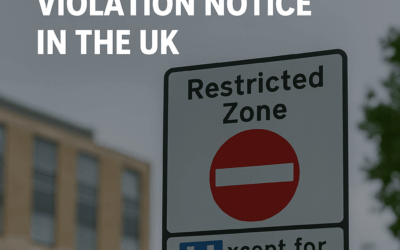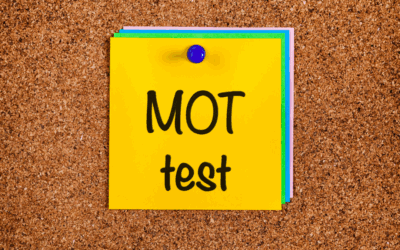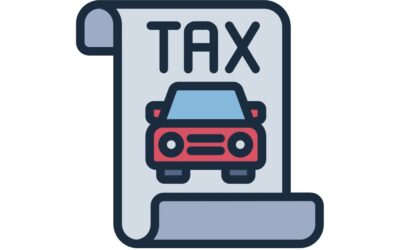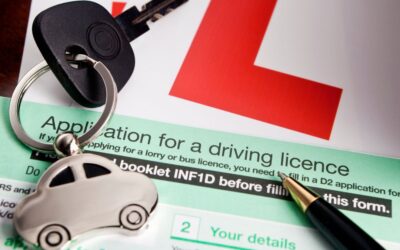If you’re driving in London and wondering how far over the speed limit you can go before getting caught—this one’s for you. A Freedom of Information (FOI) response from the Metropolitan Police in April 2024 reveals exactly when enforcement begins… and it might be sooner than you think.
For more on safe driving practices across the UK, check out our guide on Driving Tips for Newcomers in the UK.
What Is the Speed Threshold for Enforcement?
According to the Metropolitan Police, speed camera enforcement typically begins at:
➕ 10% over the speed limit + 2 mph
This formula is in line with national guidance from the National Police Chiefs’ Council (NPCC) and applies across all camera types:
- Fixed speed cameras
- Mobile speed traps
- Average speed enforcement zones
👉 Important: This threshold is not legally guaranteed. It’s an operational guideline, officers can still act at lower speeds if they believe it’s necessary for safety.
Before May 2019, the Met applied a slightly more lenient threshold of 10% + 3 mph. Since then, the force has tightened enforcement to 10% + 2 mph.
This shift, coupled with increased deployment of cameras, has led to a significant uptick in speeding fines and prosecutions. In fact, notices of speeding offences in London more than doubled in the years following the change.
If you’re driving in London, it’s important to know how speed limits are enforced. According to the Metropolitan Police’s speeding offences page, most speed cameras trigger at +10% + 2 mph, though enforcement can happen at lower speeds too.
For more on safe driving practices across the UK, check out our guide on New UK Driving Test Rule from April 2025.
📊 What Does That Mean in Real Terms?
Here’s how the 10% + 2 mph threshold plays out in different speed zones:
| Speed Limit | Enforcement Starts At |
|---|---|
| 20 mph | 24 mph |
| 30 mph | 35 mph |
| 40 mph | 46 mph |
| 50 mph | 57 mph |
| 60 mph | 68 mph |
| 70 mph | 79 mph |
These thresholds are widely used, but again not mandatory. If officers or conditions require stricter enforcement, action can be taken below these levels.
🚨 The Rise in Enforcement
The Met has dramatically increased speed enforcement as part of Vision Zero, an initiative in partnership with Transport for London (TfL) aimed at eliminating deaths and serious injuries on the capital’s roads.
The target?
➡️ Up to 1 million speeding offences enforced annually by 2024/25
More cameras, stricter policies, and automated systems have made it easier and more likely for drivers to be caught.
🧾 What Happens If You’re Caught?
If a speed camera captures you over the enforcement threshold, here’s what to expect:
- A Notice of Intended Prosecution (NIP) is sent to the vehicle’s registered keeper
- You must respond within 28 days
- Depending on the severity and circumstances, you may receive:
- A Fixed Penalty Notice (£100 + 3 points)
- An offer to attend a Speed Awareness Course (no points, cost varies)
- A Court Summons (for serious offences or repeat offenders)
- Drivers who receive a speeding ticket may be issued a Notice of Intended Prosecution, leading to a fixed penalty, a speed awareness course, or a court summons, depending on the severity of the offence.
✅ Key Takeaways
- The Met’s current threshold is +10% + 2 mph across all types of speed cameras
- This margin is guidance and not law. Enforcement can happen at lower speeds
- The threshold was tightened in 2019 (from +3 to +2 mph)
- Speeding offences are increasing, with a major expansion in camera usage
- Vision Zero is pushing for stronger enforcement to improve road safety
For more answers on enforcement rules, tolerances, and driver rights, check out this Ask the Police FAQ on speeding.
While the +10% + 2 mph rule is a helpful benchmark, it’s no excuse to speed. Enforcement can vary by location, conditions, and officer discretion.
If you’re driving in London or anywhere in the UK the safest strategy is simple:
Stick to the speed limit. No guesswork. No surprises.



